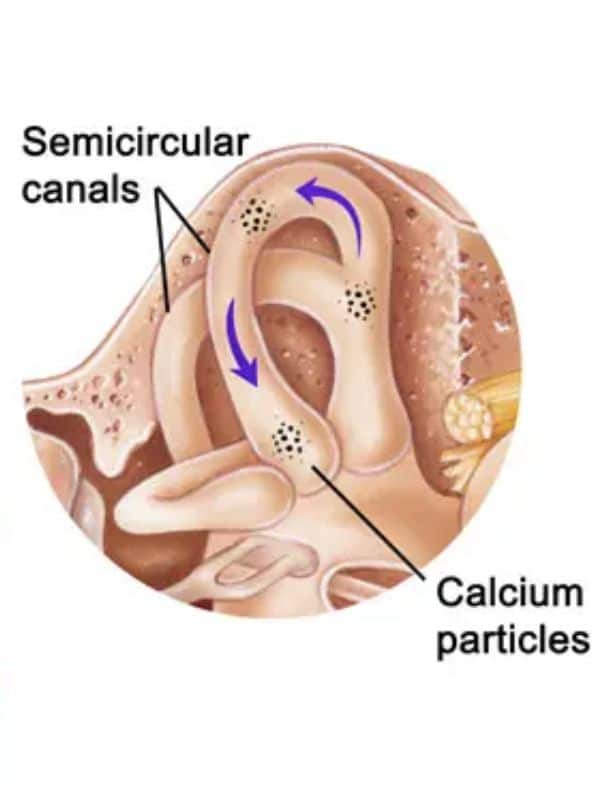Repositioning for Dizziness
Understanding Vertigo: A Common Balance Issue
Vertigo, a specific type of dizziness, is more prevalent than many people realize. It often manifests as a spinning sensation, even when you’re stationary, and is commonly triggered by specific head movements.
This condition occurs because the organ of balance, located in the same area of the inner ear as the organ of hearing, plays a key role. These two systems are “next-door neighbors” within your inner ear. Inside the balance organ are tiny calcium crystals, known as otoconia. When these crystals become dislodged and move into areas where they shouldn’t be, they can disrupt the balance system, leading to vertiginous symptoms.
Symptoms of Vertigo
Vertigo is typically characterized by:
- Intense bursts of dizziness, often described as a spinning sensation
- Symptoms triggered by head movements, such as turning over in bed or looking up
- Episodes that can vary in severity and duration
While vertigo is most common in adults, it can occasionally occur in children as well.
Treatment for Vertigo
Fortunately, treatment for vertigo is straightforward and effective. In many cases, an in-office procedure known as a canalith repositioning maneuver can resolve the issue by guiding the dislodged crystals back to their correct location within the balance organ.
If you or someone you know is experiencing symptoms of vertigo, don’t hesitate to contact our office. Our team is here to provide expert care and answer any questions you may have about this condition or its treatment.

